How To Add A Wifi Camera ?
To add a WiFi camera, first, ensure that your camera is compatible with WiFi connectivity. Then, connect the camera to a power source and turn it on. Next, access the camera's settings or configuration menu and navigate to the network or WiFi settings. Select the option to connect to a WiFi network. Choose your desired network from the available list and enter the network password if prompted. Once the camera successfully connects to the WiFi network, it will be assigned an IP address. You can then access the camera remotely using its IP address or through a dedicated mobile app or software provided by the camera manufacturer.
1、 Selecting a compatible WiFi camera for your needs
Selecting a compatible WiFi camera for your needs is the first step in adding a WiFi camera to your home or office. With the advancements in technology, there are numerous options available in the market today. Here are some key points to consider when choosing a WiFi camera:
1. Purpose: Determine the purpose of the camera. Are you looking for indoor or outdoor surveillance? Do you need it for monitoring your home or office? Understanding your requirements will help you narrow down your options.
2. Resolution: Look for a camera with high-resolution capabilities. The higher the resolution, the clearer the image quality will be. Consider cameras with at least 1080p resolution for optimal clarity.
3. Connectivity: Ensure that the camera you choose has WiFi connectivity. This will allow you to connect the camera to your home or office network wirelessly, making it easier to access the footage remotely.
4. Compatibility: Check if the camera is compatible with your existing devices. Some cameras may require specific software or apps to access the footage, so make sure it is compatible with your smartphone, tablet, or computer.
5. Additional features: Consider additional features such as night vision, motion detection, two-way audio, and cloud storage options. These features can enhance the functionality and usability of the camera.
Once you have selected a compatible WiFi camera, follow the manufacturer's instructions to set it up. Typically, this involves connecting the camera to your WiFi network, installing any necessary software or apps, and configuring the camera settings.
It is important to note that technology is constantly evolving, and new WiFi camera models with advanced features are being released regularly. Therefore, it is advisable to stay updated with the latest information and reviews to make an informed decision.

2、 Setting up the WiFi connection on the camera
Setting up a WiFi connection on a camera is a relatively simple process that allows you to remotely monitor and control your camera from a smartphone, tablet, or computer. Here's a step-by-step guide on how to add a WiFi camera to your network:
1. Choose a WiFi camera: First, select a WiFi camera that suits your needs. There are various options available, including indoor and outdoor cameras, with different features and capabilities.
2. Install the camera: Follow the manufacturer's instructions to physically install the camera in the desired location. Ensure it is within range of your WiFi network.
3. Power on the camera: Connect the camera to a power source and turn it on. Wait for it to initialize.
4. Download the camera's app: Most WiFi cameras come with a dedicated app that allows you to control and monitor the camera. Download the app from the App Store or Google Play Store onto your smartphone or tablet.
5. Connect the camera to your WiFi network: Open the app and follow the on-screen instructions to connect the camera to your WiFi network. Typically, this involves selecting your network from a list and entering the password.
6. Configure camera settings: Once connected, you can customize various camera settings through the app. This may include adjusting motion detection sensitivity, setting up alerts, or enabling cloud storage.
7. Test the connection: After configuring the settings, test the connection by accessing the camera's live feed through the app. Ensure that the camera is capturing and transmitting video properly.
8. Mount and position the camera: Once the WiFi connection is established, mount the camera securely in the desired location. Ensure it has a clear view of the area you want to monitor.
9. Monitor remotely: With the camera successfully connected to your WiFi network, you can now access the live feed and control the camera remotely using the app. This allows you to view the footage, receive notifications, and even adjust camera angles from anywhere with an internet connection.
Remember to regularly update the camera's firmware and change the default password for enhanced security. Additionally, consult the camera's user manual or manufacturer's website for specific instructions related to your camera model, as the setup process may vary slightly.
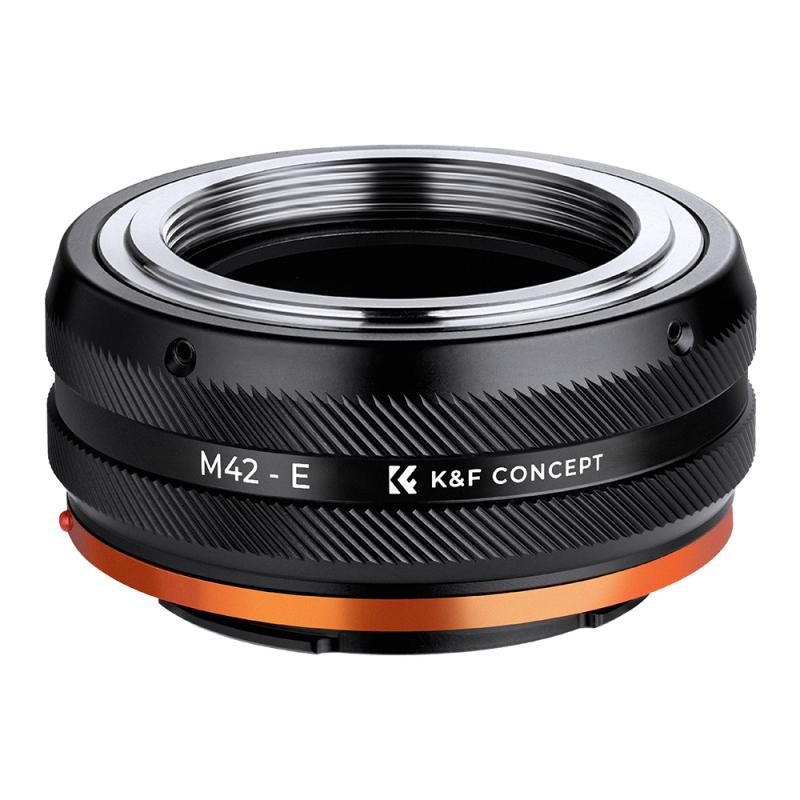
3、 Connecting the camera to your home WiFi network
To add a WiFi camera to your home network, follow these steps:
1. Choose the right camera: There are various WiFi cameras available in the market, so select one that suits your needs. Consider factors like resolution, field of view, night vision, and any additional features you require.
2. Install the camera: Once you have the camera, find a suitable location to install it. Ensure it has a power source nearby and a clear view of the area you want to monitor. Mount the camera securely using the provided hardware.
3. Connect the camera to power: Plug the camera into a power outlet using the provided power adapter. Make sure the camera is receiving power and turned on.
4. Download the camera's app: Most WiFi cameras come with a dedicated app that allows you to control and monitor the camera. Download the app from the App Store or Google Play Store onto your smartphone or tablet.
5. Connect the camera to your WiFi network: Open the app and follow the on-screen instructions to connect the camera to your home WiFi network. Typically, you will need to enter your WiFi network name (SSID) and password. The camera will then establish a connection to your network.
6. Test the connection: Once the camera is connected to your WiFi network, test the connection by accessing the camera's live feed through the app. Ensure that the video quality is satisfactory and that you can control any additional features, such as pan and tilt or motion detection.
7. Secure your camera: Change the default password for your camera's app and enable any security features provided by the manufacturer. This will help protect your camera from unauthorized access.
Remember to consult the camera's user manual for specific instructions as the setup process may vary slightly depending on the brand and model.

4、 Configuring camera settings and preferences
To add a WiFi camera, you need to follow a few steps to ensure proper configuration and connectivity. Here's a guide on how to add a WiFi camera to your network:
1. Choose the right camera: Select a WiFi camera that suits your needs, whether it's for home security, monitoring pets, or keeping an eye on your baby. Ensure that the camera supports WiFi connectivity.
2. Install the camera: Follow the manufacturer's instructions to physically install the camera in the desired location. This typically involves mounting the camera on a wall or placing it on a flat surface.
3. Connect to power: Plug the camera into a power outlet using the provided power adapter. Make sure the camera is receiving power before proceeding.
4. Download the camera's app: Most WiFi cameras come with a dedicated app that allows you to configure settings and view the camera's feed. Download the app from the App Store or Google Play Store onto your smartphone or tablet.
5. Connect the camera to your WiFi network: Open the app and follow the on-screen instructions to connect the camera to your WiFi network. This usually involves selecting your network from a list and entering the password.
6. Configure camera settings and preferences: Once connected, you can customize various settings such as motion detection, recording schedules, and video quality. You may also be able to set up alerts and notifications for specific events.
7. Test the camera: After configuring the settings, test the camera by accessing the live feed through the app. Ensure that the camera is capturing the desired area and that the video quality is satisfactory.
8. Secure your camera: Change the default password for the camera's app and enable any additional security features provided by the manufacturer. This helps protect your camera from unauthorized access.
Remember to consult the camera's user manual or the manufacturer's website for specific instructions related to your camera model.
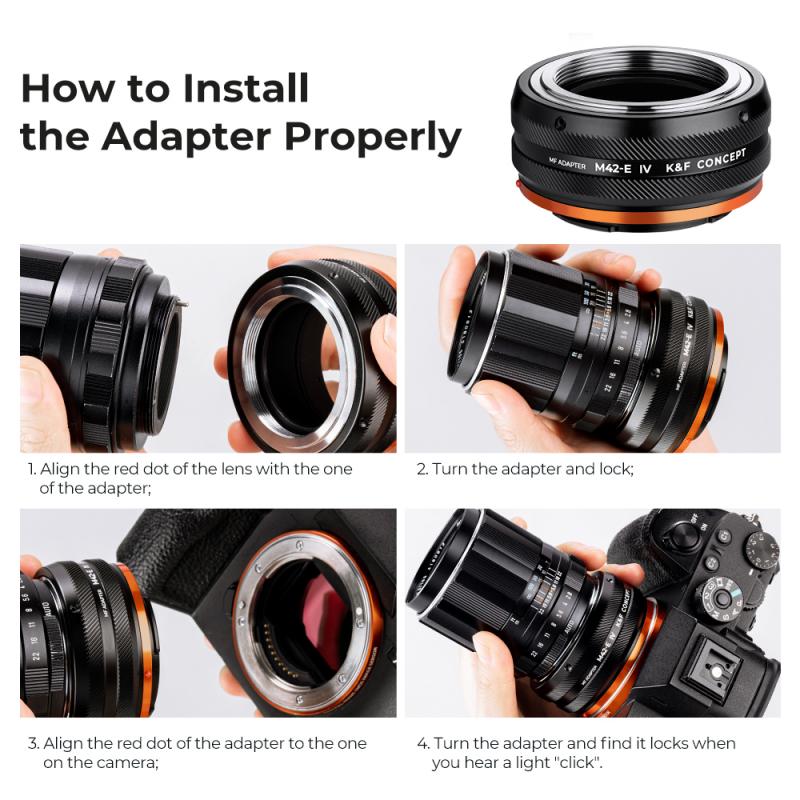













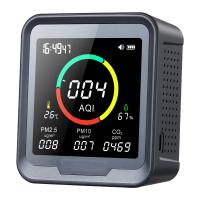

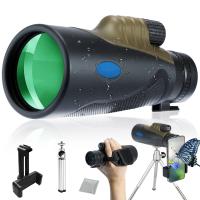
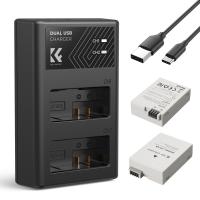
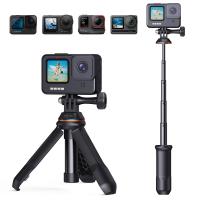




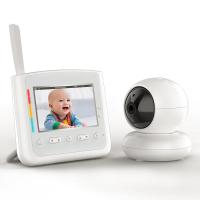







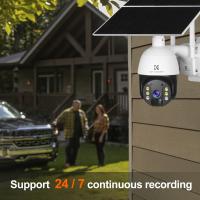
There are no comments for this blog.